How to Craft the Perfect Ad Message for Your Brand
If you’re spending time, money, and effort to craft an ad, you want it to be perfect. The ad should represent your business flawlessly, appeal to your ideal customer, and lead to sales. Knowing the key components of a properly crafted ad message is essential to the success of your campaign.
We can break down the key components of an ad into 5 categories: brand personality, target audience, ad offer, ad objectives, and call to action. All of these components come together to create your message. In other words, ad messaging is what you’re saying, how you’re saying it, and who you’re saying it to. Each one of these components require strategy, creativity, and thoughtful consideration of your brand’s goals.
In this article, we’re breaking down each component of ad messaging so you can craft messaging that suits your brand and delivers results.
Brand Personality
Defining your brand personality is distinctly different from just marketing your brand. Brand personality speaks to who you are and what your company stands for. Marketing is what drives that message home to your potential customers. Although your branding and marketing work in tandem, the distinction between these two ideas is key to understanding how to create a brand identity that suits you.
Your brand personality should be evident from the first moment of your ad. To find that unique voice, look to your mission statement, your vision, and who you are as a brand. What are you trying to convey to your audience? Are you there to alleviate concerns, offer a fun escape, become part of their daily routine?
Brand personality is important because it makes you relatable to your target audience. Consumers want to buy from brands they connect with, relate to, and feel comfortable interacting with. The more you fine tune your brand personality, the more customers will connect with you.

Target Audience
The next step is determining your target audience. Who is the ideal consumer of your product? What is their personality? What is their demographic? How does your product fit into their life? This part of the process is identifying the buyer personas of your ideal customers.
In order to understand your buyer personas, you must understand who your current customers are. Spending time analyzing your current market and interacting with them. Then ask yourself specific questions to determine the characteristics of your buyers.
Understanding your customers, target audience, and buyer personas will allow you to craft advertisements that speak to their needs and desires, and make your messaging successful.
Ad Offers and Objectives
At last, it’s time to determine the content of your ad. The details of your ad most importantly should include the FABs of your product—the features and benefits.
You’ve analyzed your brand and your consumers, now it’s time to do the same for your product. Break down the key features of your product that deserve to be highlighted—the things that make your product stand out from the crowd, like the fact that your product is ethically sourced, or the ease of use of your product.
Then, determine the benefits. This could be the energy boost they’ll get from your drink, the compliments they’ll receive from your perfume, or the way your product will increase their confidence. Whatever it is, let consumers know the key things that make you stand out and improve their lives.
Determine where your customers are in the sales process. It’s important to serve different ads to those in different parts of the sales funnel. At the top of the funnel, when consumers are becoming aware of your brand, your ads can focus on showing who you are as a brand. Then, as they progress through their buyer’s journey, the ads they see should become increasingly more specific, highlighting those features and benefits. At the bottom of the funnel, it’s time to include a call to action to complete the sales process.
CTA
After you’ve crafted an ad that authentically reflects your brand, speaks to your ideal customer, highlights your product, and is catered to your customer’s buyer’s journey—it’s time to bring it all home with a call to action.
It’s crucial to end with a clear CTA so that your customers know what to do next. Successful calls to action are simple but direct. Calls to action are familiar and reliable: Call now. Click here. Visit our site. You know them, you’ve seen them, you’ve clicked them. If you make it easy for interested buyers to find your website, product, or booking link, then they’ll do just that.
Thoughtful messaging is critical for the success of your ads. To learn more about how video can impact your marketing strategy, click here.


